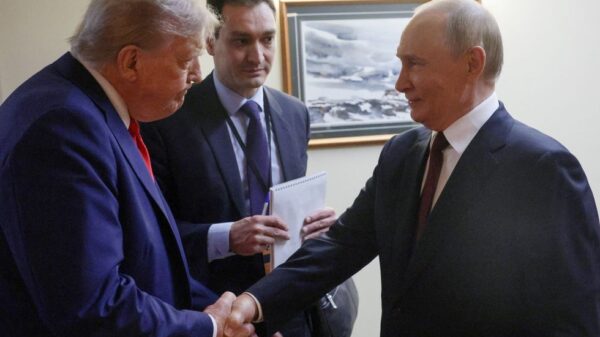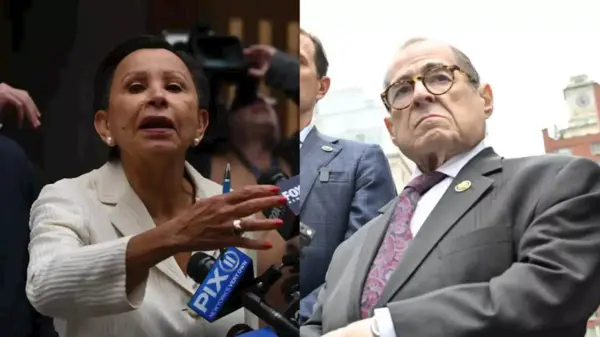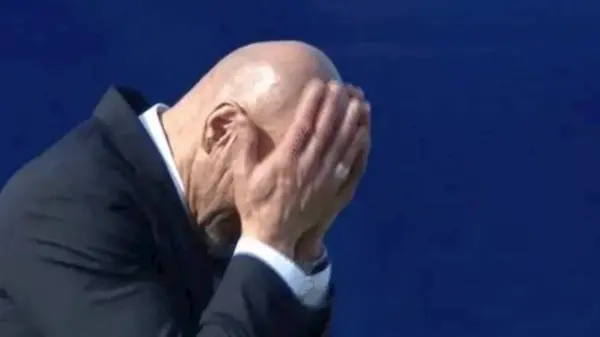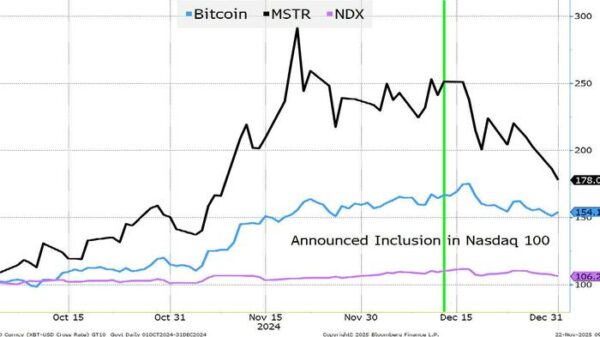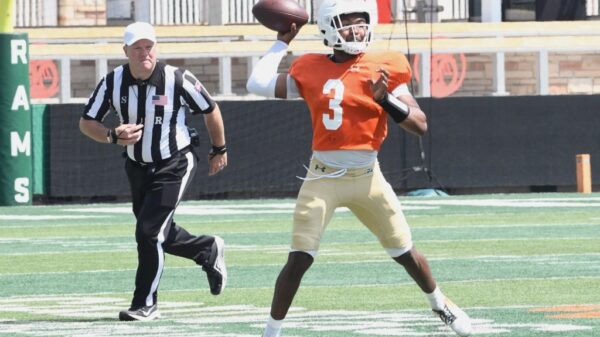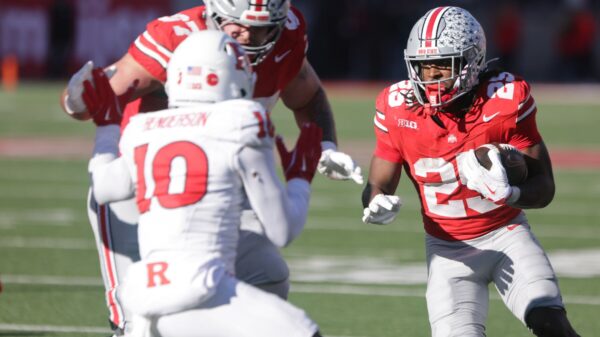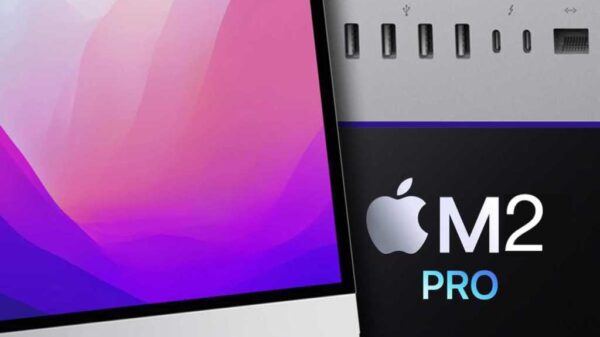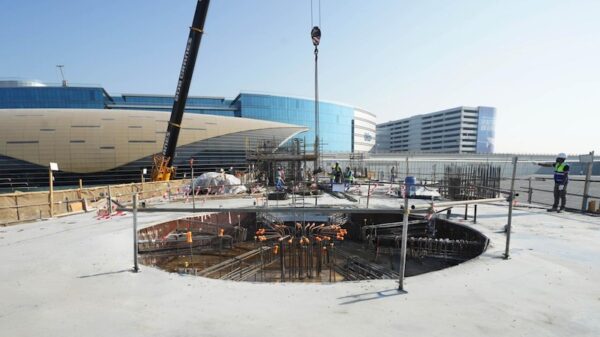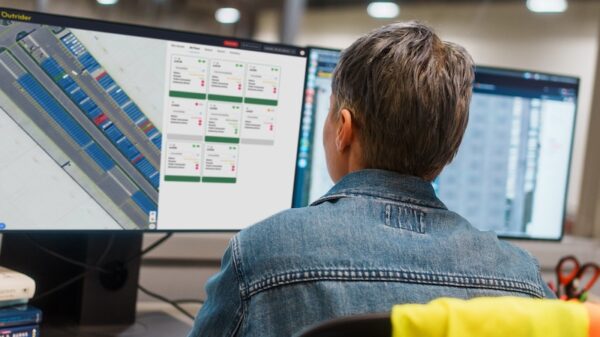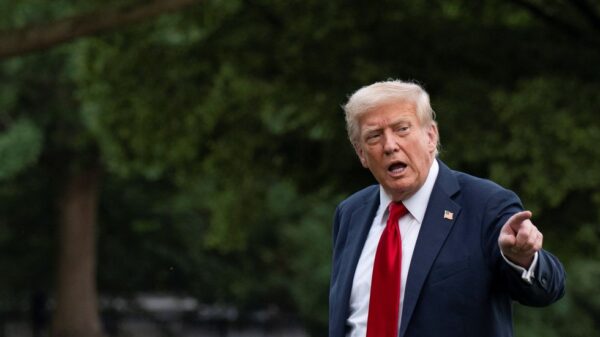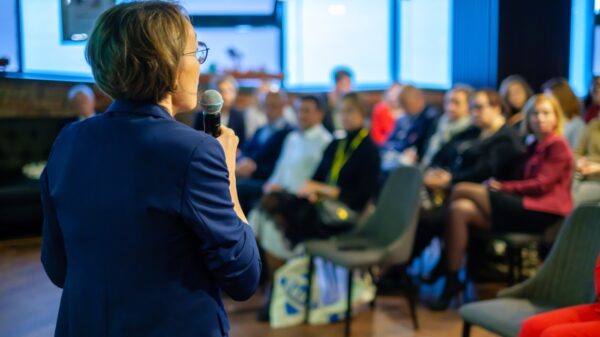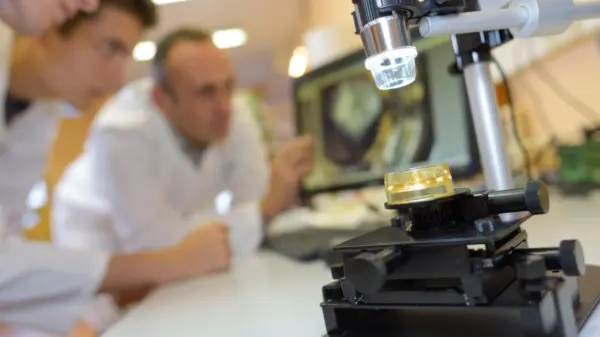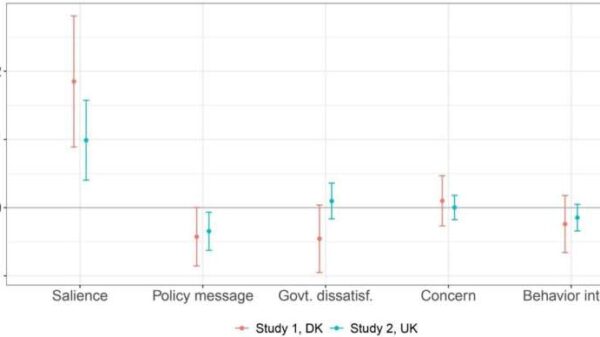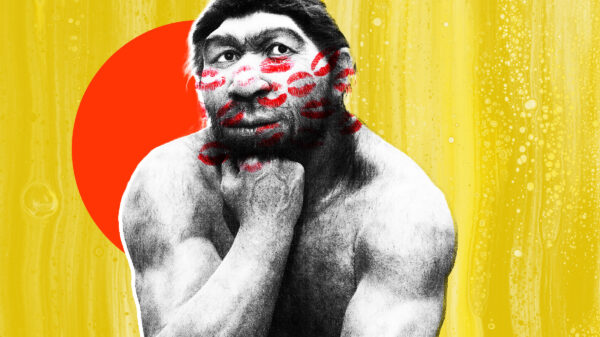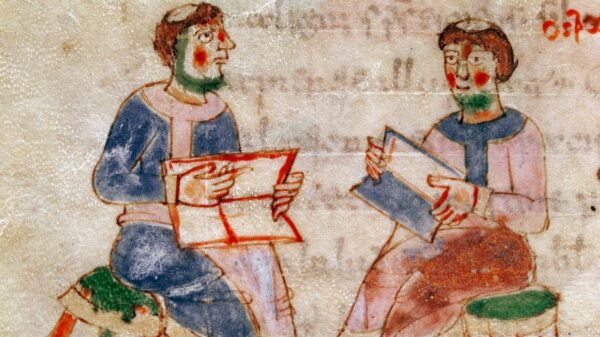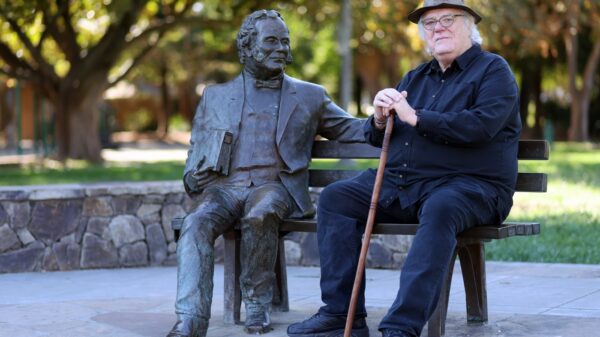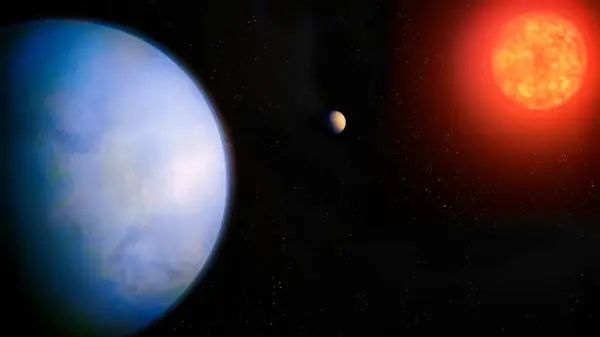Artists and mathematicians often operate in separate realms, but Davis is bridging this gap by using mathematical concepts to create visual representations of music. His innovative approach involves converting entire musical compositions into a sparse matrix, a method that allows him to manipulate and visualize musical data in a unique way.
To begin his process, Davis takes a complete piece of music and translates it into a sparse matrix format. This mathematical structure simplifies the data while preserving its essential features. From there, he selects various parameters for the algorithm that will ultimately shape the visual output. The choice of mathematical techniques is influenced by the artistic vision he aims to achieve, drawing from a range of disciplines that include Fourier transforms, graph theory, and force-directed graph visualization.
Davis generates thousands of images for each piece of music, carefully evaluating them to find the visuals that best represent the essence of the composition. His method highlights the interconnectedness of art and mathematics, demonstrating how different fields can inform and enhance one another. For instance, he has created striking visuals such as a Celtic hymn transformed into the intricate design of a Celtic Trinity Knot, showcasing the profound relationships between musical elements and visual forms.
This interdisciplinary approach not only advances Davis’s artistic practice but also serves as an inspiration for others. By merging mathematical rigor with creative expression, he encourages individuals to view the world—and its underlying data—through a different lens. His work exemplifies the transformative power of combining seemingly unrelated fields, igniting curiosity about the possibilities that lie at the intersection of art and science.
Davis’s art has garnered attention for its ability to reveal unexpected connections, inviting viewers to explore the complex beauty of music through a visual medium. By continuing to push the boundaries of both mathematics and art, he is reshaping how we perceive and interact with the world around us.
This fusion of disciplines opens up new avenues for exploration, providing a fresh perspective on both music and visual art. As more artists and scientists embrace this kind of interdisciplinary thinking, we may see an increasing number of innovative projects that challenge traditional boundaries and redefine the ways we experience creativity.





